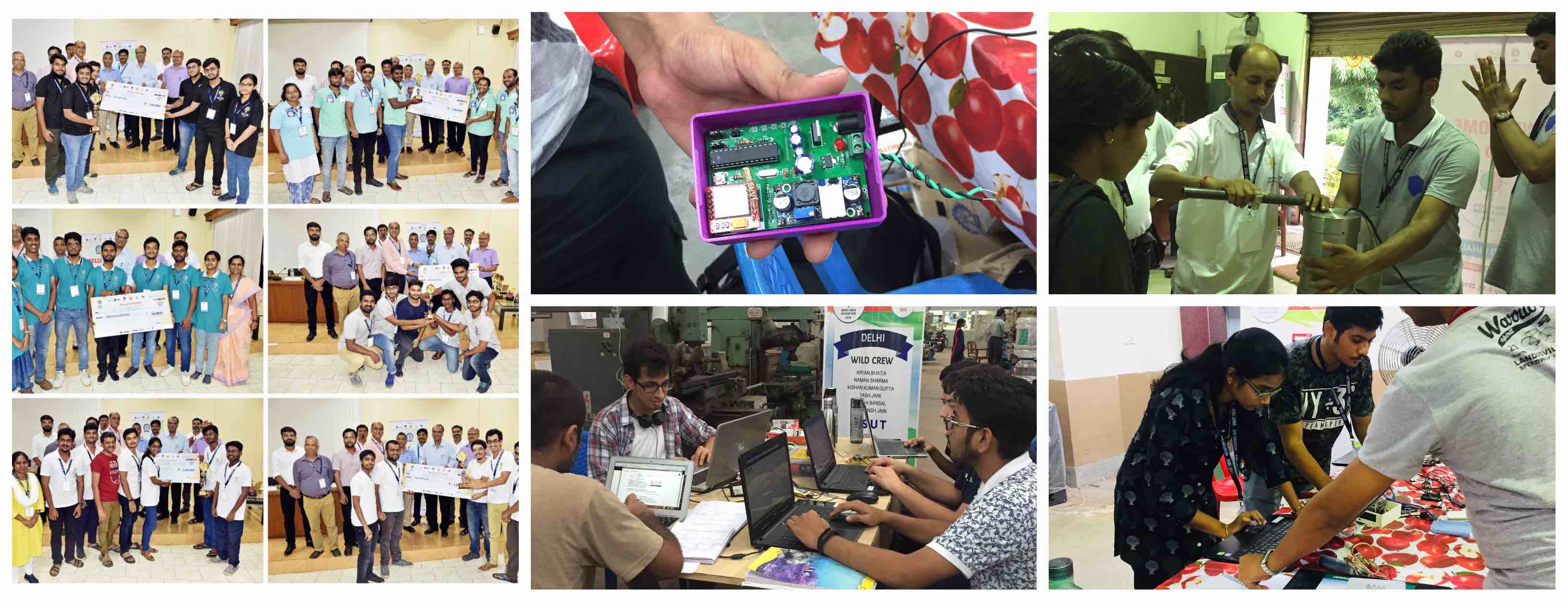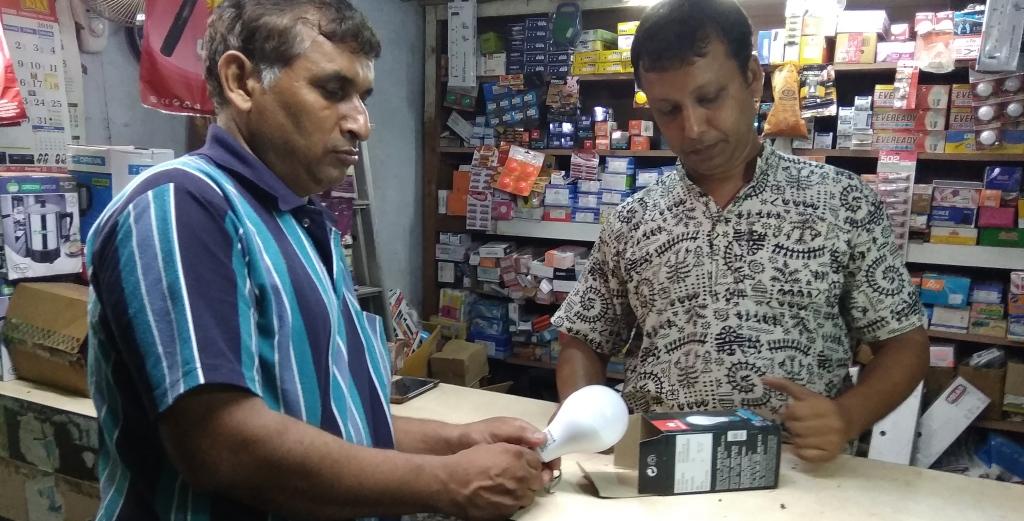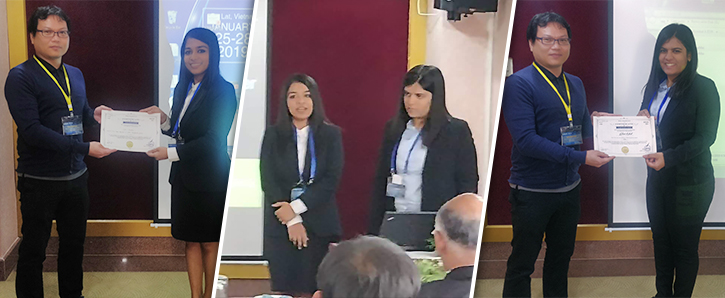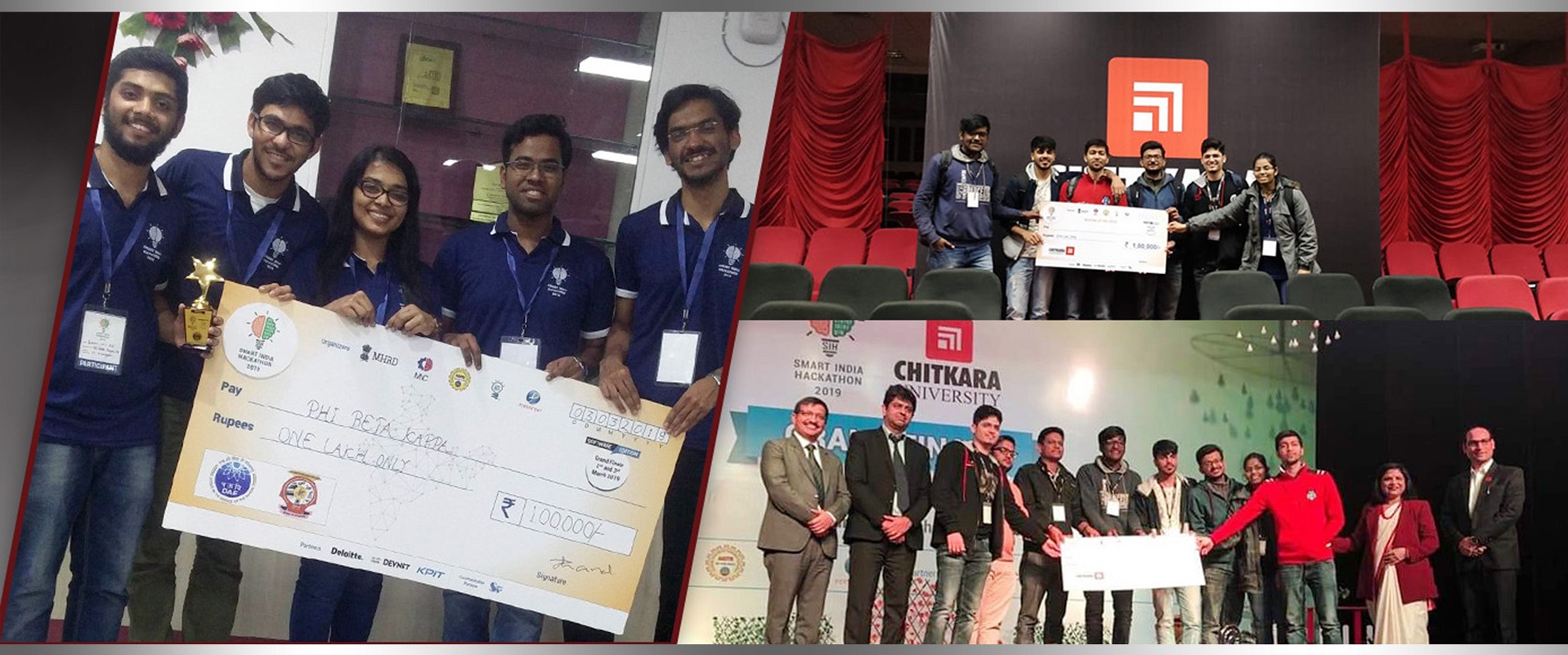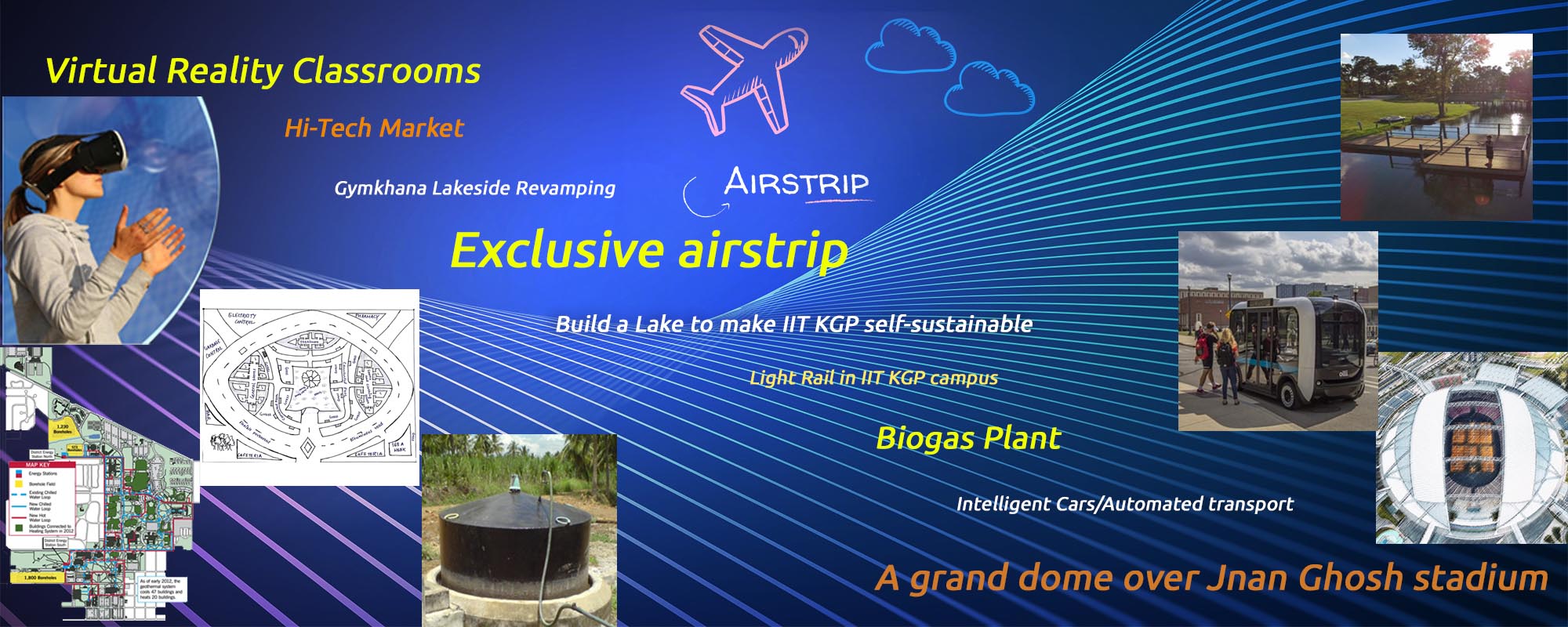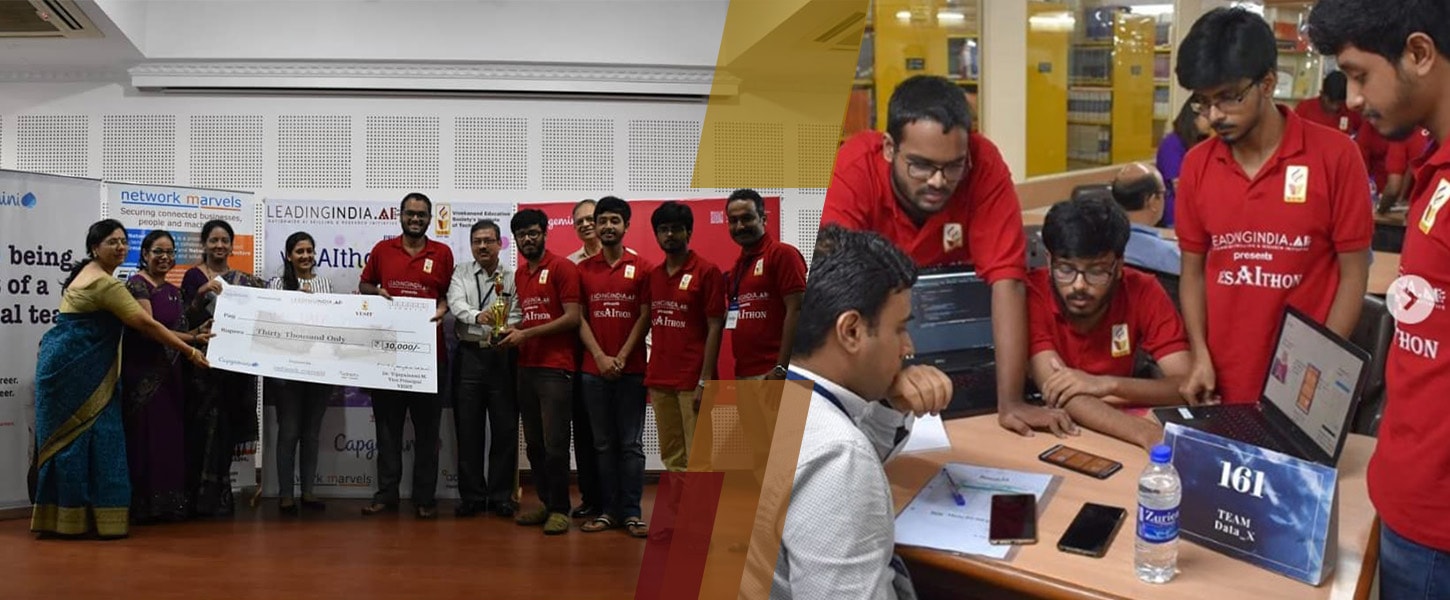
We Care4U
India Today Economic Times Times Now NDTV Careers360 Newsgram Outlook Hindustan Times Jagran Josh New Delhi Times Express Computer Sentinel Assam Manorama The Hindu BusinessLine For a nation with as many as 112 million elderly people, geriatric care is fast emerging as a major worry for India. Apart from a range of health problems, the elderly face loneliness,…

